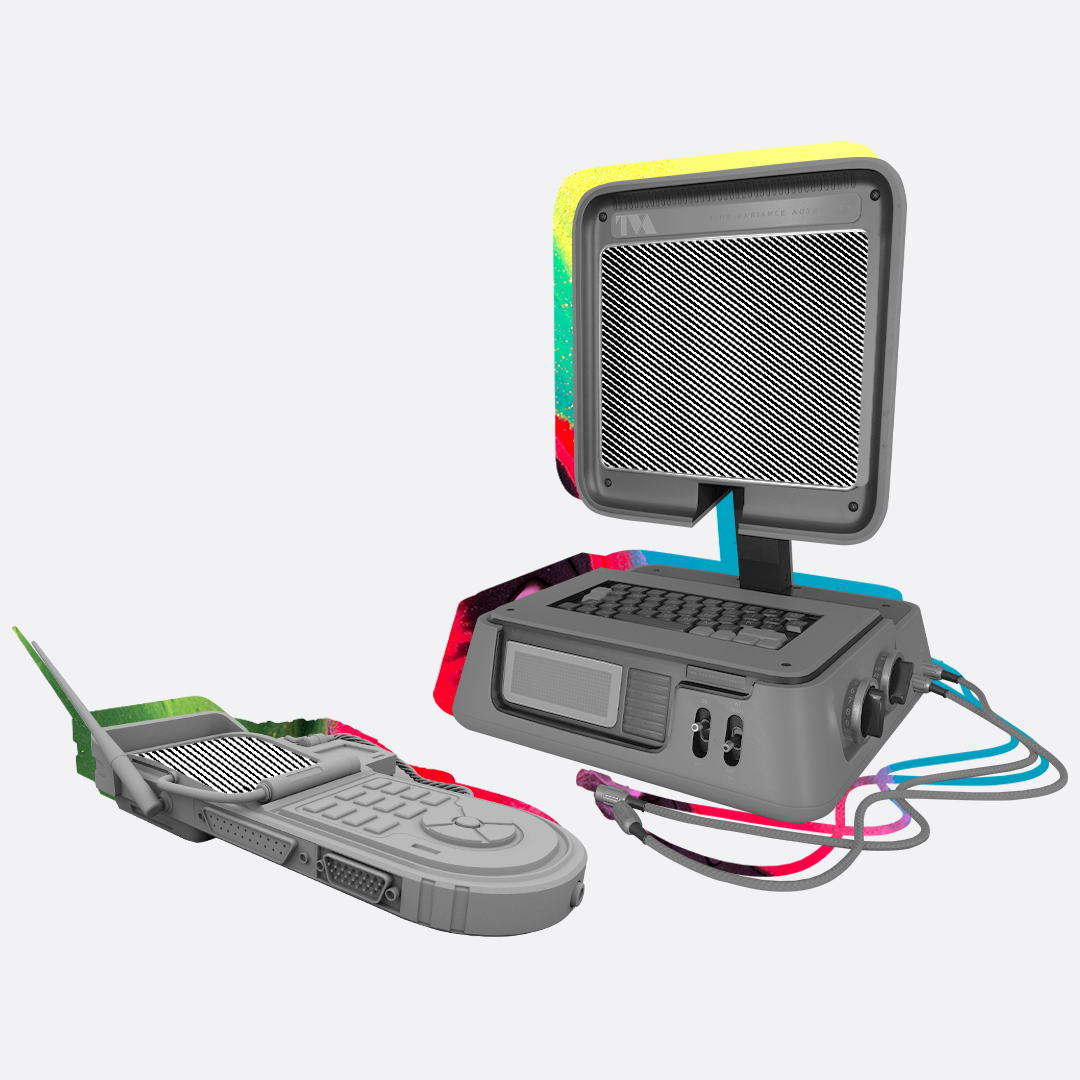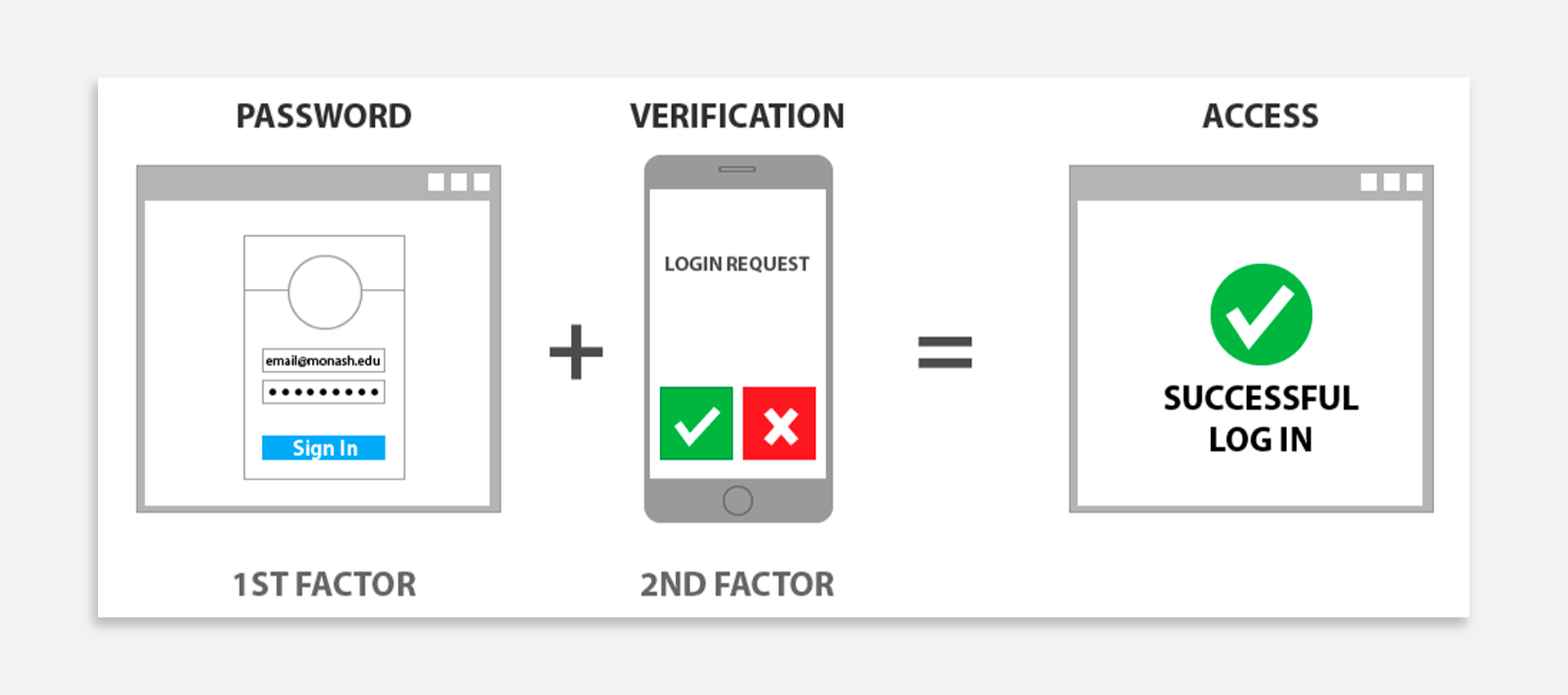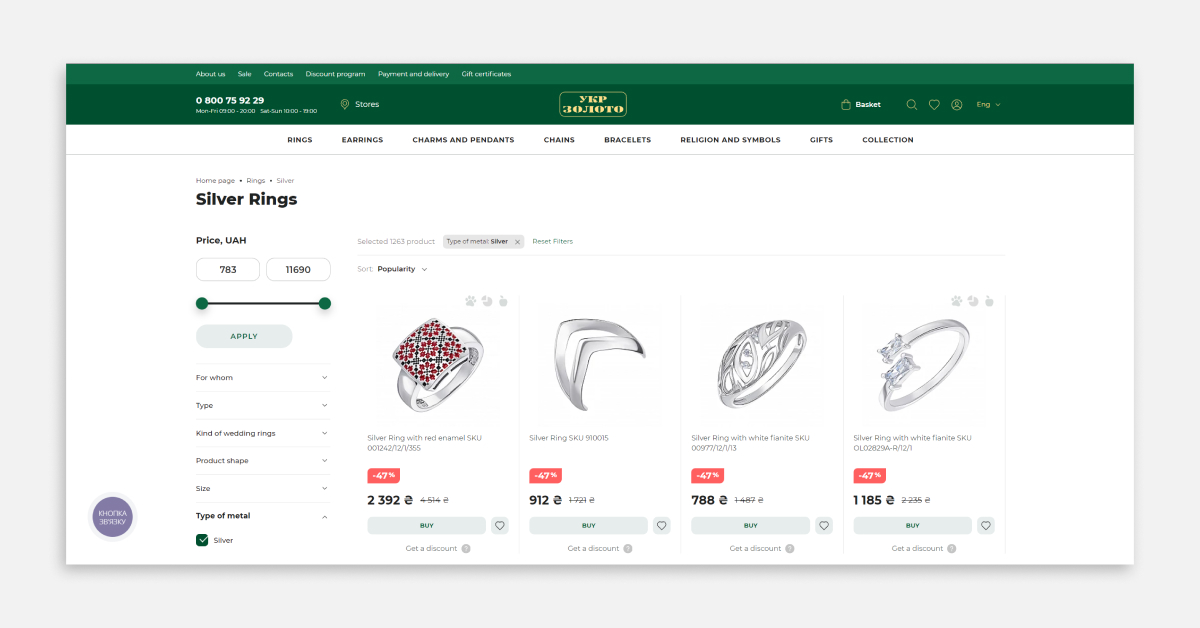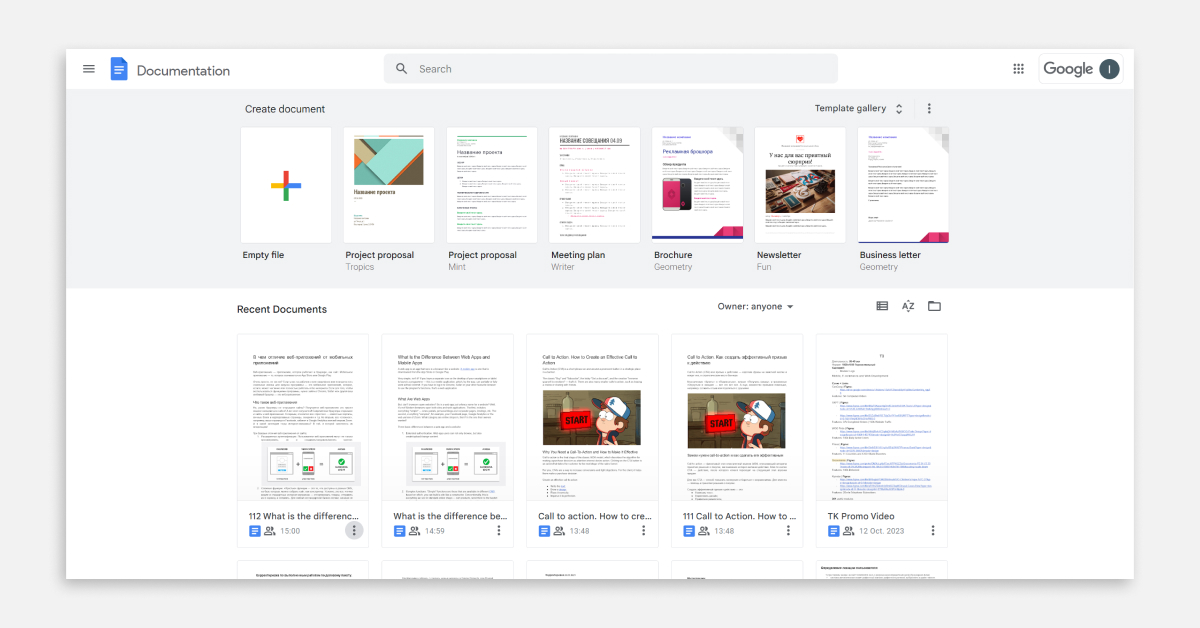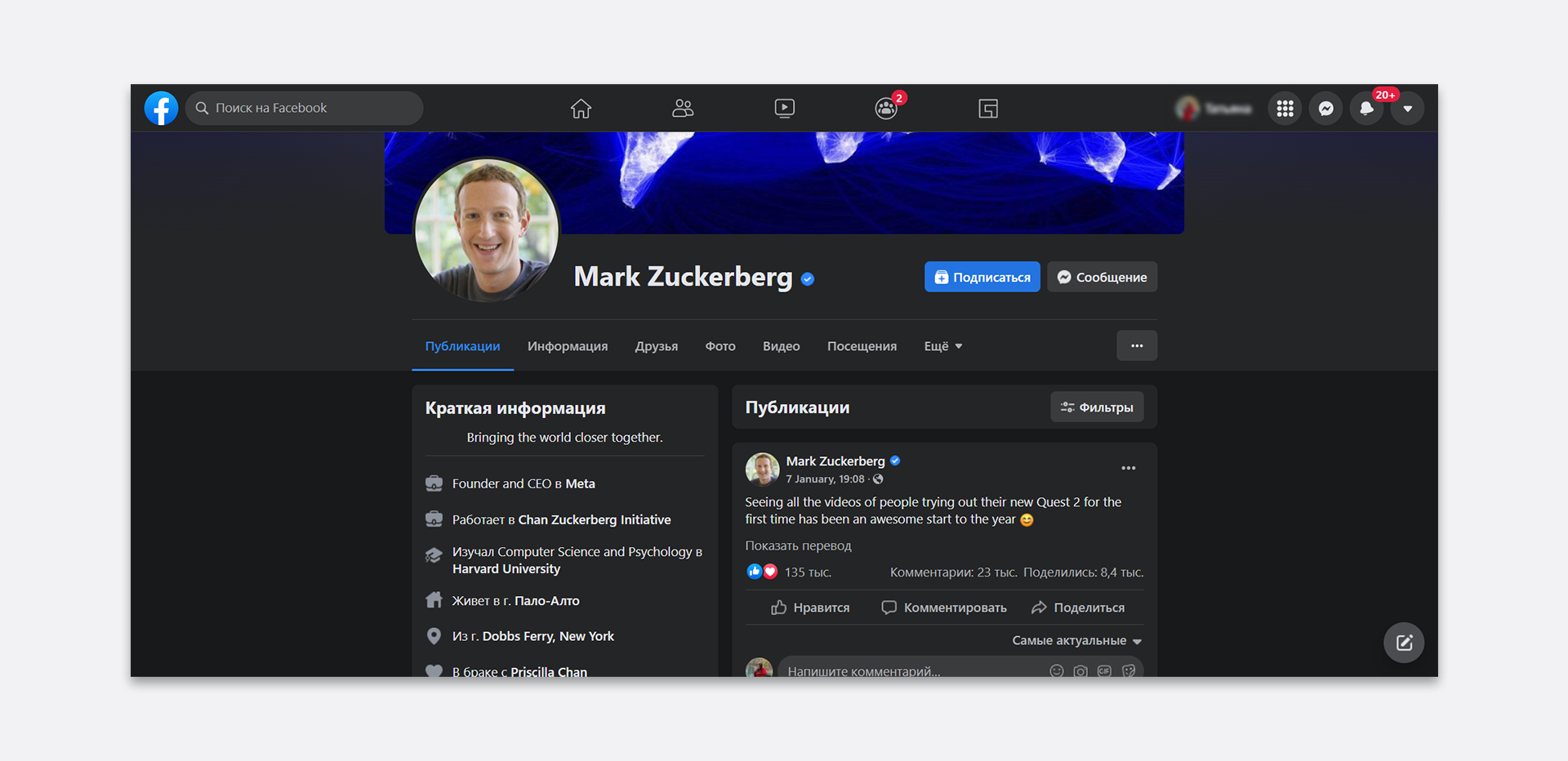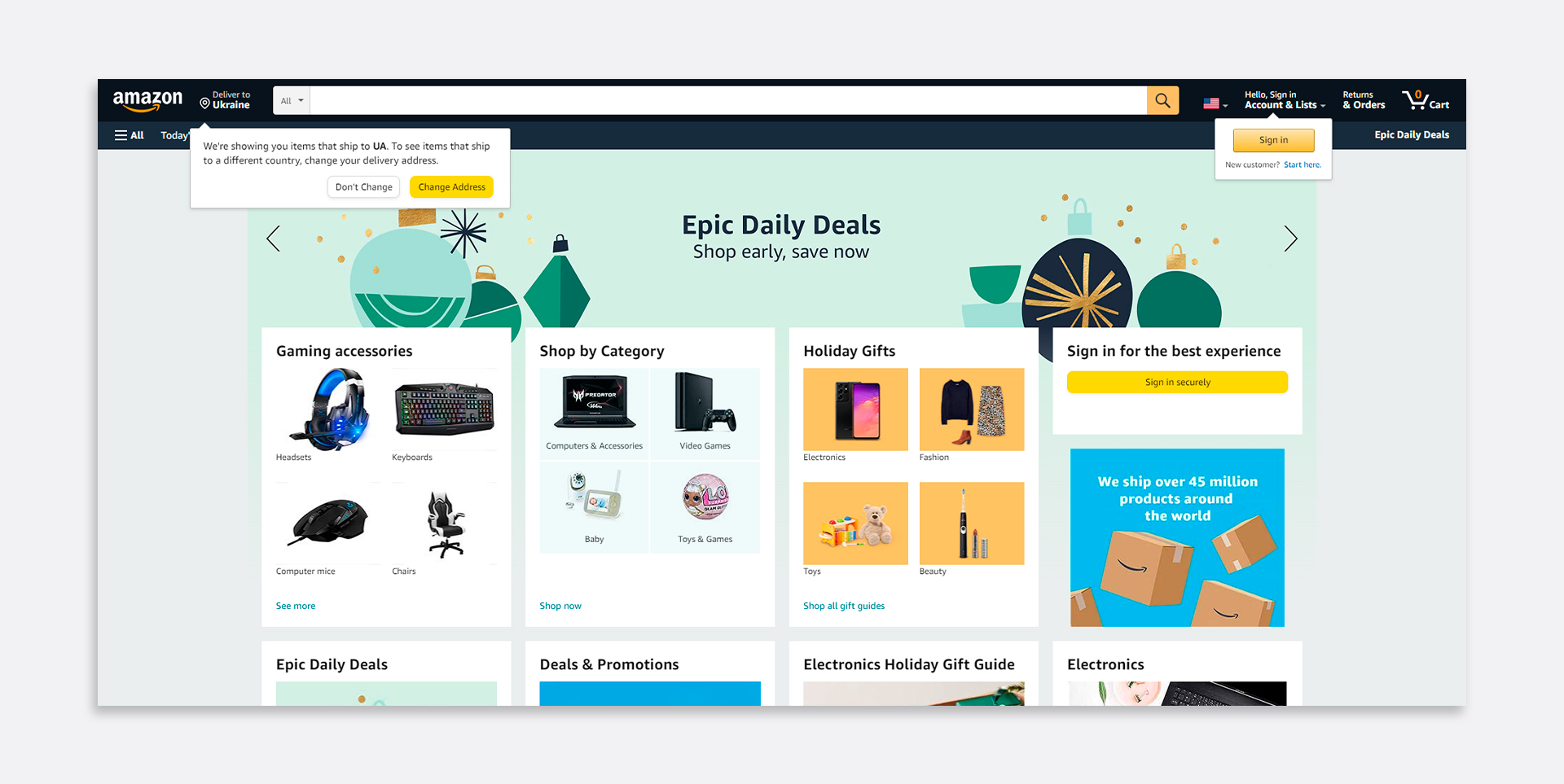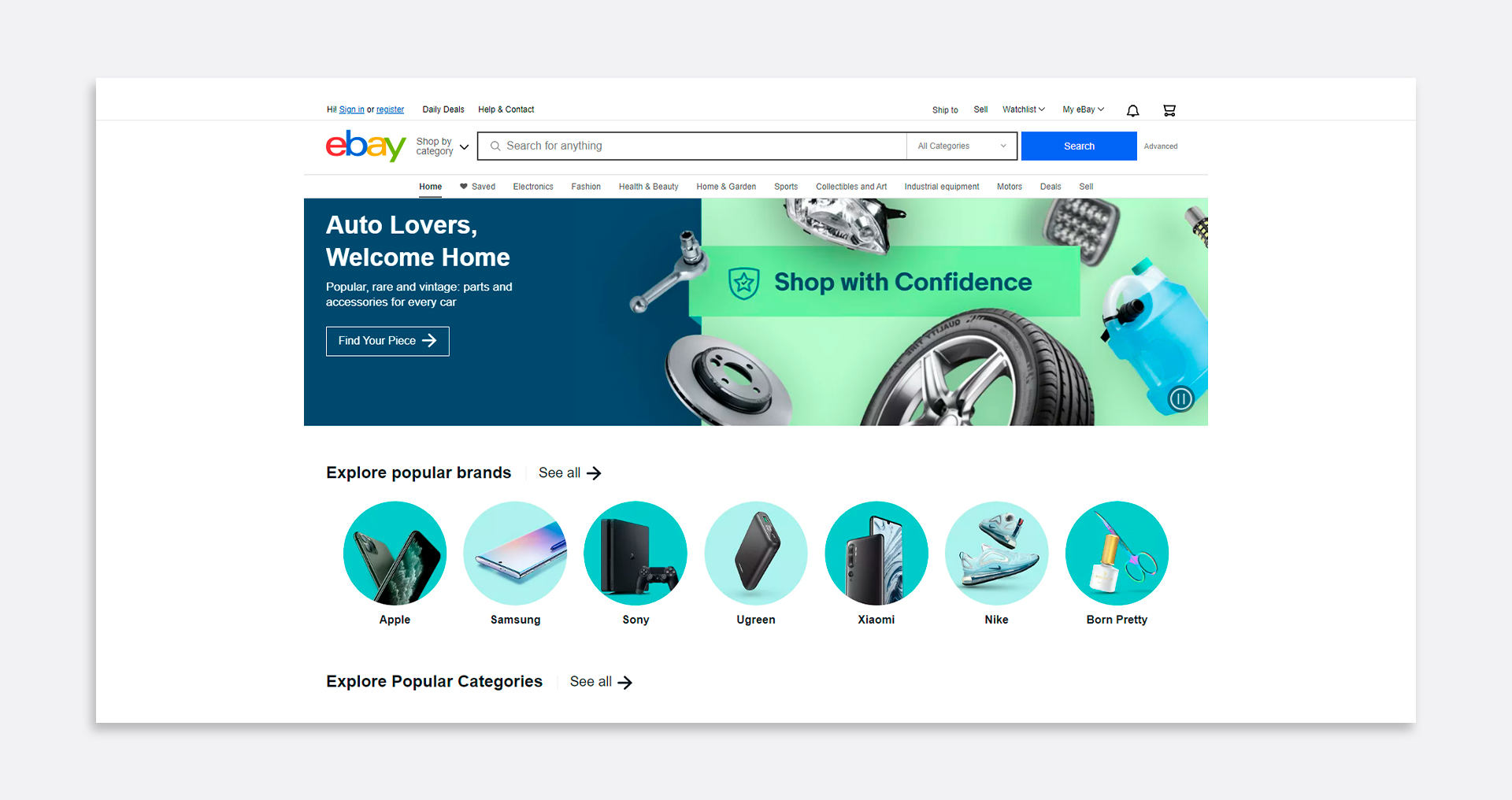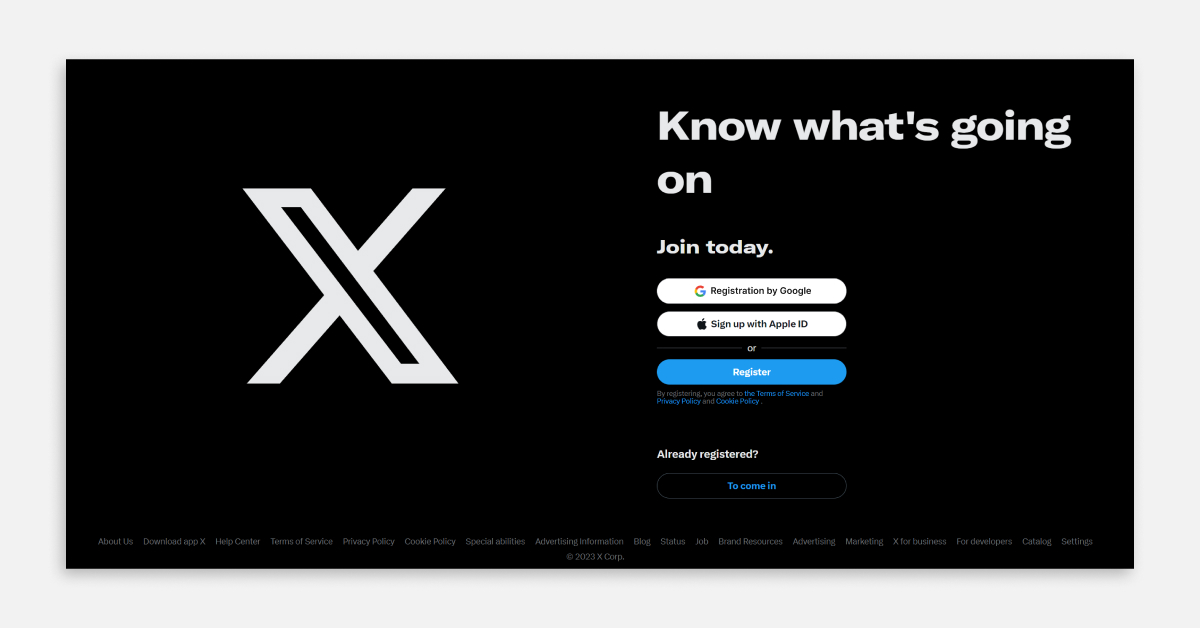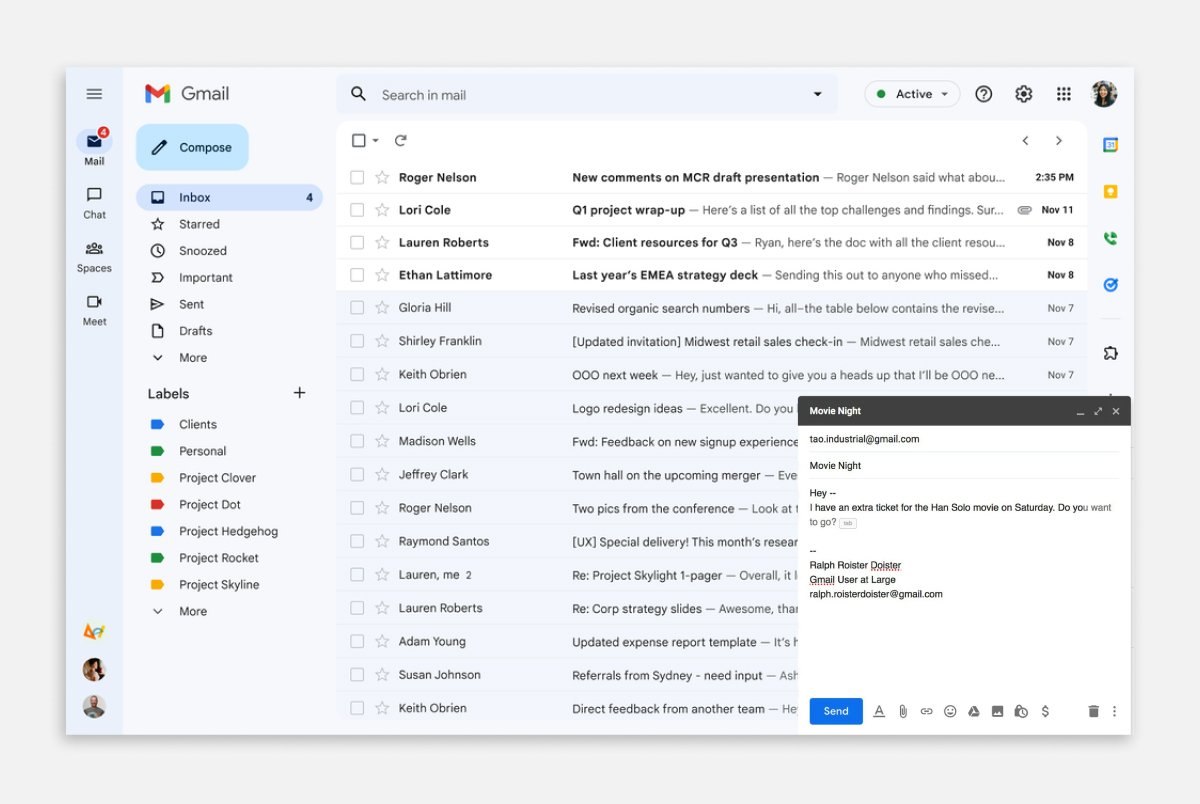A web app is an app that runs in a browser like a website. A mobile app is one that is downloaded from the App Store or Google Play.
Very simple, isn't it? If you have a separate icon on the desktop of your smartphone or tablet to launch a programme — this is a mobile application, which, by the way, can partially or fully work without internet. If you have to log in to Chrome, Safari or your other favorite browser to use the program's functions, that's a web application.
What Are Web Apps
But, don't browsers open websites? So is a web app just a fancy name for a website? Well, it's not! Modern browsers open both sites and web applications. The first, includes everything "simple" — news portals, personal blogs and corporate pages, lendings, etc. The second, everything "complex", for example, your Facebook page, Google Analytics or the web version of Zoom. What category are online shops in, then? In the one their owners wanted!
Three basic differences between a web app and a website:
- Extended authentication. Web app users can not only browse, but also create/upload/change content.
- Complex functions. "Simple" functions are those that are available in different CMS, based on which, you can build a site like a constructor. Conventionally, this is everything we see in standard online shops — sort products, send them to the basket and pay. For any non-standard business logic, starting from the ability to keep a diary or book a hotel, and even more so to exchange messages, a web application based on frameworks is created.
- Deployment. Changing something in a regular website is as simple as updating the HTML code of the pages. A web application requires full compilation and deployment of new software.
Examples of Web Applications
Where can we see examples of all this? Everywhere! Web applications are:
- Online Editors. The most obvious and well-known example to everyone is Google Docs and Sheets, and, similarly, Word and Excel, which can be used online in a browser. This also includes web applications for working with graphics, from Photoshop and Canva, to all sorts of simple services for applying filters to photos.
- Social media and messengers. FB and its Messenger, Instagram, Twitter, Telegram, Skype, Zoom and web-versions of anything like them are web applications.
- E-commerce. All marketplaces like Amazon, as well as just large trading platforms, are also web applications.
- Banks, stock exchanges and auctions. Websites of all financial institutions, from e-Bay and trading platforms to MFI, are also web applications.
- Everything else. Courier services, flight and accommodation booking services, crowdfunding platforms and so on. The list can go on for a very long time, the main thing is that the project was complex, non-standard and provided authorization.
What Kind of Web Applications Are There
There are three types of web applications: PWA, HTML-5 and SPA. What are the differences between them, and which solution is best for your business, we'll tell you below.
The Evolution of Websites to Web Applications
First, a bit of history to understand how and why websites evolved to web apps:
- Mobile. About 15 years ago, in the days of the first iPhones and other smartphones, when the grass was greener and mobile traffic accounted for less than 4% rather than 55% of the world's total, the first mobile versions of websites began to be created. Lightweight, with fewer features and many problems, they solved the most important one — giving mobile users access to services. Now that many people have "phones" more powerful than PCs, no one does mobile versions any more, but that was the beginning.
- Responsive site. Then there were sites with responsive design, which were compressed or stretched depending on the size of the browser window. Then came the principle of mobile-first, according to which the site was initially made for mobile viewing, and secondarily for the browser. Such template solutions, based on different CMS, are used now, for example, in small business card sites and lendings.
- Adaptive layout. Since 2011, all "just" sites worthy of attention are created with adaptive design by default. They have several layout options for different devices that provide a good user experience. This is now the basic solution for all projects with small to medium load. Those very corporate and news sites, as well as medium-sized online shops.
PWA, HTML-5 and SPA Web Applications
Modern web applications differ from everything described above and come in three types.
- PWA. Progressive web app — almost like a native mobile app. Works everywhere, but the newer the OS version, the better, as it can improve in proportion to technology. User-friendly UI, like a full-fledged app. Simultaneously indexed in search networks and allows you to save a shortcut icon to your screen. Requires a secure HTTPS connection, but can partially work without internet.
- HTML-5. A web page that mimics the application, also available in any browsers. It does not run without the Internet and is not suitable for super-complex projects, but it is ideal when you need to quickly create a high-quality web application that meets user expectations.
- SPA. Single Page Application — single page web application with dynamic updating. The static basis remains unchanged, only the data with which the user interacts changes. SPA technology is used both for adaptive sites and PWA web applications.
What Are Mobile Apps
Things are much simpler with mobile apps. They are the same thing as computer programs, only for smartphones and tablets. "Level 80 hackers", as well as fans of Chinese or custom OSes, can even download them not only from Apple and Android branded shops, but from any free source. There are many technologies that can be used to create a mobile app, but they all fall into two big categories:
- Native. Apps written in the native languages of the mobile platform — Java and Kotlin for Android and Swift and objective-C for iOS/iPadOS. Easily access the technical part of your smartphone, such as the microphone and camera. Guarantee a good, familiar user experience.
- Hybrid. Universal apps that are not tied to a platform, the development uses native and web technologies at the same time. They allow you to save money and not pay for the development of two versions for iOS and Android, but at the same time they are not suitable for very complex projects and provide not so good user experience.
Although the development cycle of web and mobile applications is very similar, and the final projects can be almost identical in appearance, the creation of applications is done by completely different programmers who know other languages. Moreover, all other specialists involved in the development, from designers, to tech support, and even marketers, will also solve their tasks in different ways than for a web app.
What to Choose Between a Web App and a Mobile App
Once again, about the main point: a web app is no better than a mobile app and vice versa. They are just different solutions for different purposes and, most importantly, very often large projects need both.
To understand what your project needs, analytics are performed. As with any other business decisions, you should first focus on the needs of potential users. And these needs seriously differ depending on the business areas and characteristics of the CA.
In addition to data on the characteristics of their consumers, we recommend that you take into account 3 more things:
- Technical capabilities of the smartphone. A critical factor in choosing between mobile and web app. PWA web apps can send push notifications and detect geolocation if the user allows it. If your project needs access not only to geo, but also to a smartphone camera, face or fingerprint recognition, Bluetooth, NFC and so on, then you need a mobile app. There's no way around it.
- Promotion. Web apps can and should be promoted according to all the laws of SEO. But nobody prevents you from launching advertising. It is more complicated with applications from shops. You need to work with their ranking in the shop and try to promote them in search networks. Applications in any case will definitely attract new traffic to the main site, if there is one. And vice versa. But if there is no website or web application, then promoting a mobile application will cost you more and take more time.
- Price and timing. A mobile app is much more difficult to develop than its web version. Especially if you will be creating two versions. Developing a complex web app is not a quick and difficult process either, but on average, releasing a web version will require less time and investment.
Conclusion
Conventional responsive design websites and HTML-5 web applications are great for all basic and advanced e-commerce tasks. If you have a more complex business concept, a PWA web app may be right for you. The main difference between it and a mobile one is that it will run in the browser. And instead of downloading the app from the shop, users will need to register. If you need access to the technical components of a smartphone, such as the camera, NFC, Face ID and so on — you definitely need a native app. Hybrid apps should be chosen for economy purposes and only if you need a mobile app, not a web app or as an addition to the main site. In any case, you should make a decision on your project only after comprehensive analyses.
